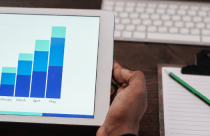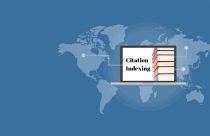Clarivate Analytics Releases the 2018 Journal Citation Reports
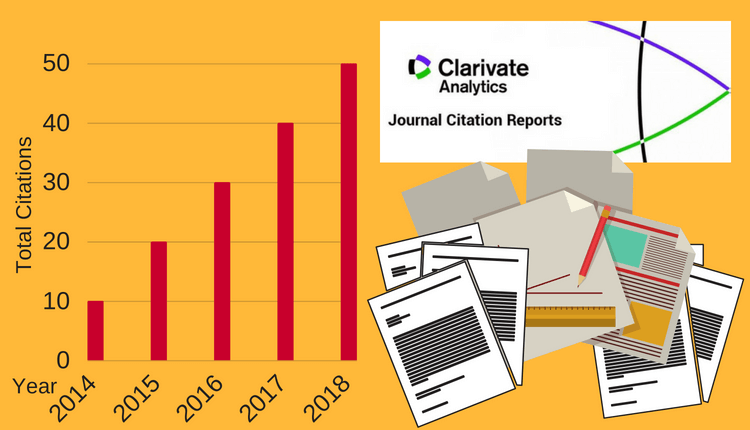
Publication is an essential part of research. Researchers want to ensure that they cite reputable sources and publish in high-impact journals. There are several organizations that publish their annual reports to throw light on the current trend in the publishing field.
Clarivate Analytics publishes the annual Journal Citation Reports to help researchers identify target journals for their publishing needs. The Journal Citation Reports offer meaningful indicators to help researchers and institutions identify publications for various research requirements. The 2018 edition includes new information to offer academics deeper insights on journal performance.
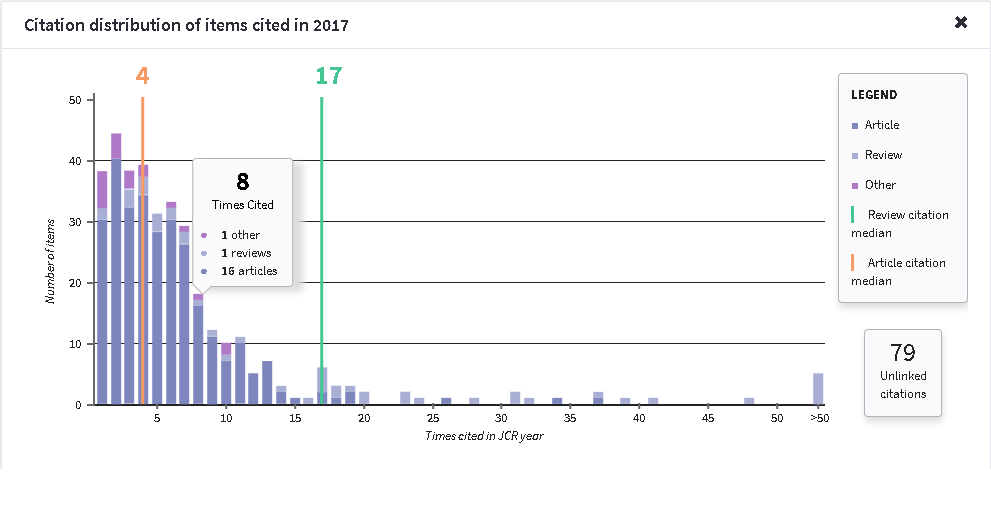
Key Highlights of the 2018 Journal Citation Reports
Clarivate Analytics has been publishing the Journal Citation Reports since 1973. They rely on the core asset of the citation indexes, just like the Web of Science. Key highlights from the 2018 reports include:
● 11,655 journal listings;
● 80 countries represented;
● 234 disciplines;
● 276 new journals;
● 10% increase in Journal Impact Factors on average;
● 20 journals were removed to ensure the credibility of the reports (14 for Journal Self-Citation, while 6 for Citation Stacking);
● 1.2 million science citations and 303,000 social sciences citations were incorporated from the 2017 content of the Book Citation Index; and
● More than 64 million references were presented, with nearly 10 million in the Journal Impact Factor calculation alone.
The 2018 Journal Citation Reports noted that the management and business categories had the most new Journal Impact Factors. The Quarterly Journal of Economics had the highest Journal Impact Factor percentile score in 2018.
What’s New in the 2018 Journal Citation Reports?
Clarivate Analytics made some important changes in their 2018 Journal Citation Reports compared to that of previous years. These changes include:
● Revised journal profile pages to help readers better understand the regions, institutions, and content that make a journal influential;
● Increased transparency at the document level for the Journal Impact Factors to show what types of content contribute to journal citation performance;
● New indicators to demonstrate calculation of Journal Impact Factor;
● Journals removed from the reports on the grounds of excess self-citations and citation stacking. This clearly rings the warning bell for the journals to refrain from citing itself only to increase the number of citations.
● Inclusion of the Book Citation Index to increase the network of citations; and
● Addition of a list of top contributing institutions and the geographical data of authors.
The managing director of InCites at Clarivate Analytics, Emmanuel Thiveaud, explained that while citation data are important, they are not the sole indicator for a journal’s ‘value’. Clarivate Analytics added content details at the document level and contextual information at the journal level to give readers a deeper understanding of what factors make a journal successful.
Using Journal Metrics as a Researcher
The Journal Citation Reports provide rankings for each discipline that show which journals contain reliable and quality articles. This can help you find the best information for your own research. These rankings can help researchers decide where to publish, and help them avoid predatory journals. There are many types of data you can review by reading the Journal Citation Reports, and it is especially useful for new researchers just starting out in their publishing careers.
However, there are some limitations to the metrics used in these reports. The Journal Impact Factor has been criticized by various researchers for a number of reasons including bias against non-native English speakers. The Journal Citations Report also requires institutional access to read.
Besides JCR, there is a FREE alternative that offers similar information. SCImago Journal Rank evaluates journal quality by incorporating the Google PageRank algorithm. By drawing on data from the Scopus database, SCImago Journal Rankings allow you to analyze and compare journals by category and subject area. Its open-access model can be a great resource for researchers, and it provides useful metrics for research and publishing at no cost.
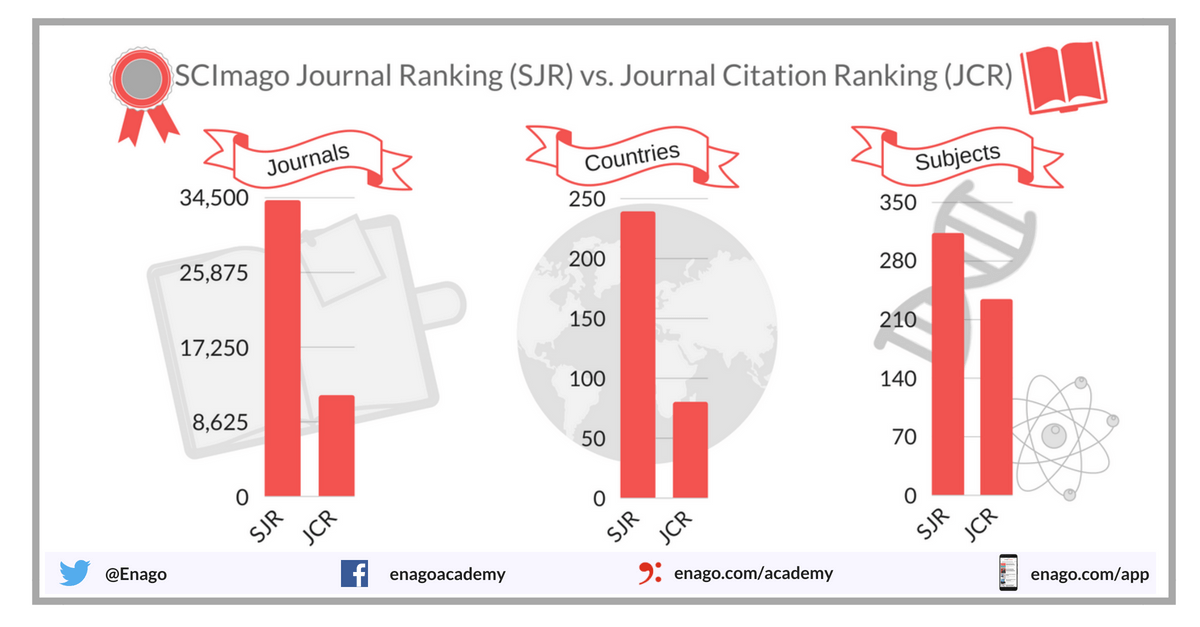
What resources do you use to help you decide where to publish? Do you think the changes to the Journal Citations Reports will improve data quality? Please let us know your thoughts in the comments section below.






